History of Crab Sticks
Not only Japanese food, as worldwide food
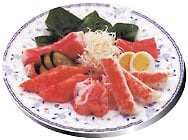
Since Kizami type and stick type were born in 1972-1974. It's not only a new style of fish paste product, but also fish paste products eaten as Japanese traditional food spread out to the world. It has also accelerated the internationalization of "Surimi (fish paste)" which is main raw material of fish paets products and raises the status of "Surimi" in the point of view for effective utilization of living aquatic resources. Imitation Crab Meat born in japan that "The culture to eat fishes deliciously", grew up to be the international healthy seafood loved from all over the world.
Kanikama Debut (Gen.1)
Kizami & Stick type
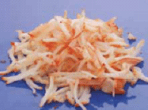
1972~
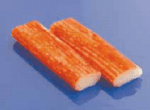
1974~

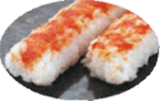
Minced type
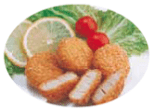
Scallop type
Evolution of Imitation crab -shape and texture-
Now, Yanagiy's "Imitation Crab Meat Plant" supports production of "Imitation Crab Meat" in world wide. Our Imitation Crab Meat lines shared aproximate 70% of the global market and operated in the US, Brazil, Argentina, Russia, Lithuania, Belarus, Ukraine, Framce, Spain, Italy, Morocco, India, China, South Korea, Thailand, Taiwan, Malaysia, Australia,etc. with a track record of more than 200 lines supplied in the world.
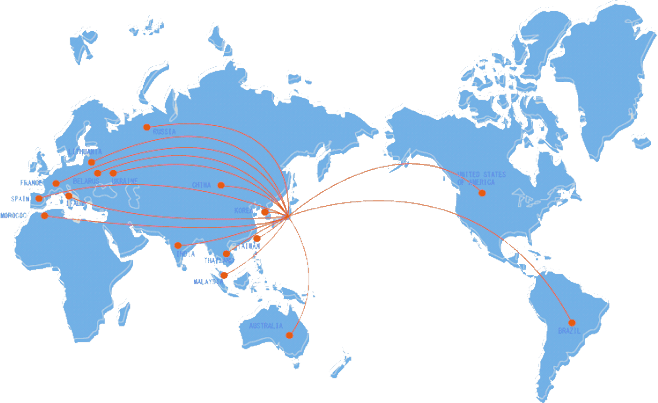
"Imitation Crab Meat " changes even the foreign food culture and there're various types and distinct textures, such as oblique fibers, a combination of short fibers, V type oblique short fibers, except stick type with vertical fibers. Yanagiya's production lines adapt "Imitation Crab Meat" which keeps evolving with diversified know-how.

(Gen. 2)
Oblique Fiber type

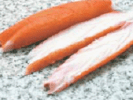
V type
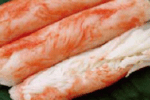
(Gen. 3)
Natural type
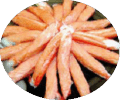
(Gen. 4)
Super Snow Crab
Custom made products that meets customer’s needs
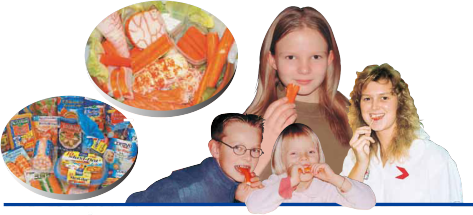
Imitation Crab Meat that has become popular as a global food comes in vatious forms and offers distinct textures. In order to meet these conditions, Yanagiya carries out joint development with our customers and offers various proposals for desired products by our customers. Our production lines are available with various products, form instance, scallop imitation, lobster imitation and shrimp imitation.
